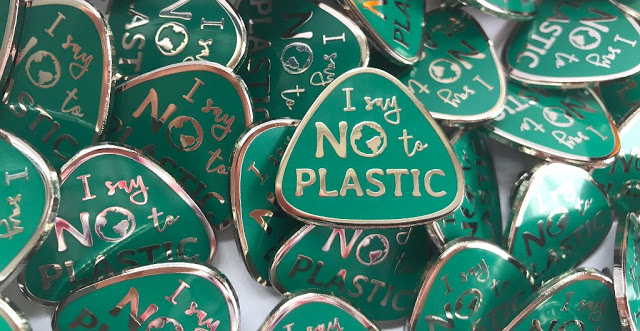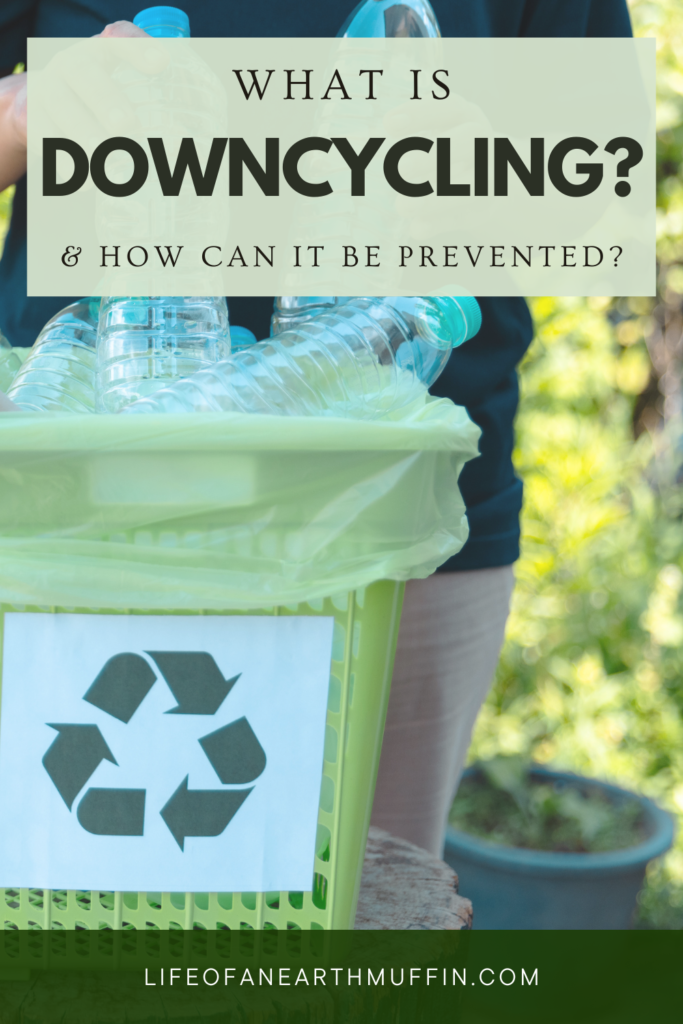In the world of recycling and sustainability, “downcycling” is a term that comes up often. But, not everyone understands what it means or why it matters. Downcycling plays a significant role in the lifecycle of materials and products, influencing both the environment and resource usage. This post will explore what downcycling is, its implications, and how we can prevent it to promote a more sustainable future.

What is Downcycling?
“Downcycling” refers to the process of recycling a material in such a way that the resulting product is of lower quality and functionality than the original material. It is considered the opposite of upcycling, which enhances the value of a material through creative reuse. Some examples include turning plastic bottles into insulation or paper into toilet paper. These downcycled products often cannot be recycled again. Or, if they can be, they continue to degrade in quality each cycle.
The Implications
Downcycling is often seen as a necessary evil in the current recycling ecosystem. It helps keep materials out of landfills and reduces the demand for virgin materials. But, it also means that each time a material is downcycled, its potential for future use diminishes. This process can lead to increased waste and consumption of resources in the long term, as materials eventually reach a point where they can no longer be used and are discarded.
How to Prevent Downcycling
Here are some strategies to consider when trying to prevent downcycling:
- Engage in Responsible Consumption and Limit Plastic Use: First off, reduce overall consumption and be mindful of the lifecycle of the products you buy! Opt for items made from recyclable materials. And/or shop secondhand when you can.
- Choose Durable, Long Lasting Products: Opting for products that are made to last longer reduces the frequency of recycling and, consequently, the process of downcycling. Durable products can often be repaired rather than replaced as well, extending their life even further.
- Prioritize Upcycling: Encourage upcycling both at home and in the community. This can range from converting old clothing into fashionable new pieces to repurposing glass bottles into decorative items for the home.
- Support Closed-Loop Recycling: Closed-loop recycling systems are designed to recycle materials into the same product. For example, aluminum cans are often recycled into new cans, which maintains the quality of the aluminum. Supporting products and companies that use closed-loop systems (and even circular economies) can help prevent downcycling.
- Educate and Advocate: Raising awareness about the importance of high-quality recycling and the impacts of downcycling can shift consumer behavior and influence policy.

Downcycling is an integral part of the current recycling landscape. But, it’s not the most sustainable long-term solution. By understanding what it is and taking steps to prevent it, we can help create a more sustainable system that maximizes resource use and minimizes waste. Encouraging upcycling, designing for recyclability, and choosing durable products are just a few ways to combat the effects of downcycling. How do you avoid downcycling??
Love,
Jenna ♥


